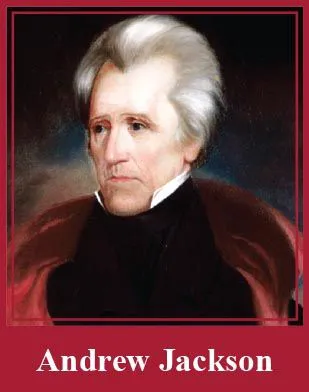
eBook - ePub
American History 1
This is a test
Condividi libro
- 4 pagine
- English
- ePUB (disponibile sull'app)
- Disponibile su iOS e Android
eBook - ePub
American History 1
Dettagli del libro
Anteprima del libro
Indice dei contenuti
Citazioni
Informazioni sul libro
Prepare for your history exams or learn more about key events in American history with BarCharts' updated and expanded American History 1 QuickStudy® guide. Detailing the discovery and settlement of the New World up through the Civil War and Reconstruction, this guide features timelines grouped by historical theme to give you a concise outline of major events in American history through multiple perspectives.
Domande frequenti
Come faccio ad annullare l'abbonamento?
È semplicissimo: basta accedere alla sezione Account nelle Impostazioni e cliccare su "Annulla abbonamento". Dopo la cancellazione, l'abbonamento rimarrà attivo per il periodo rimanente già pagato. Per maggiori informazioni, clicca qui
È possibile scaricare libri? Se sì, come?
Al momento è possibile scaricare tramite l'app tutti i nostri libri ePub mobile-friendly. Anche la maggior parte dei nostri PDF è scaricabile e stiamo lavorando per rendere disponibile quanto prima il download di tutti gli altri file. Per maggiori informazioni, clicca qui
Che differenza c'è tra i piani?
Entrambi i piani ti danno accesso illimitato alla libreria e a tutte le funzionalità di Perlego. Le uniche differenze sono il prezzo e il periodo di abbonamento: con il piano annuale risparmierai circa il 30% rispetto a 12 rate con quello mensile.
Cos'è Perlego?
Perlego è un servizio di abbonamento a testi accademici, che ti permette di accedere a un'intera libreria online a un prezzo inferiore rispetto a quello che pagheresti per acquistare un singolo libro al mese. Con oltre 1 milione di testi suddivisi in più di 1.000 categorie, troverai sicuramente ciò che fa per te! Per maggiori informazioni, clicca qui.
Perlego supporta la sintesi vocale?
Cerca l'icona Sintesi vocale nel prossimo libro che leggerai per verificare se è possibile riprodurre l'audio. Questo strumento permette di leggere il testo a voce alta, evidenziandolo man mano che la lettura procede. Puoi aumentare o diminuire la velocità della sintesi vocale, oppure sospendere la riproduzione. Per maggiori informazioni, clicca qui.
American History 1 è disponibile online in formato PDF/ePub?
Sì, puoi accedere a American History 1 di in formato PDF e/o ePub, così come ad altri libri molto apprezzati nelle sezioni relative a Histoire e Histoire du monde. Scopri oltre 1 milione di libri disponibili nel nostro catalogo.
Informazioni
Argomento
HistoireCategoria
Histoire du monde
The Age of Jackson, 1824–1848
| 1824 |
|
| 1825 |
|
| 1826 | The disappearance and presumed murder of apostate Freemason William Morgan touches off an anti- Mason movement.
|
| 1828 | 
|
| 1829 | President Jackson begins the so-called spoils system of appointing federal officials.
|
| 1830 |
|
| 1831 |
|
| 1832 |
|
| 1833 |
|
| 1834 | Anti-Jackson forces coalesce into the Whig Party. |
| 1835 |
|
| 1836 | 
|
| 1837 |
|
| 1838 | The Trail of Tears begins, leading to the deaths of more than 4,000 Indians forcibly removed westward. |
| 1839 | The Panic of 1839 plunges an already weak economy into a deep recession lasting until 1843. |
| 1840 | Mimicking Democrat tactics, Whig William Henry Harrison (OH) ... |